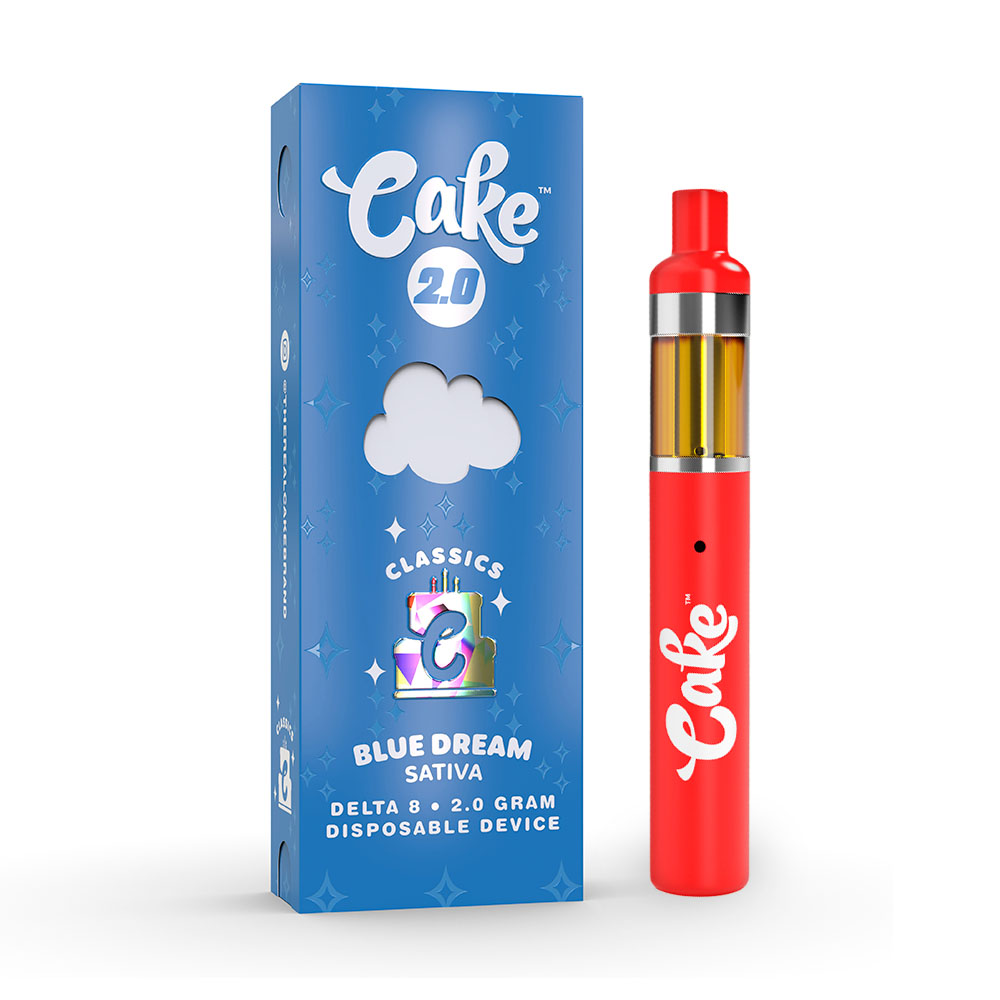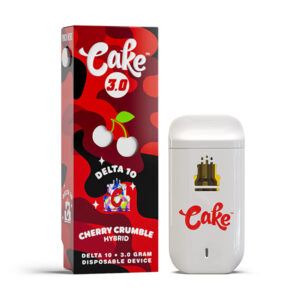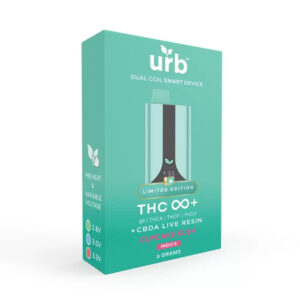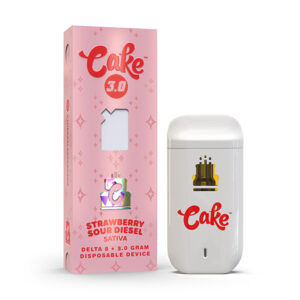Description
Blue Dream is a well-known sativa dominant strain aptly named for its blueberry aroma, and its radiant green fluffy nugs with golden and blue hairs loaded up with a fine dusting of frosty trichomes. Blue Dream’s flavorful berry flavors stick with your tastebuds long after just like its sweet sticky resin.
The crossing between the Blueberry and Haze strains makes up what we know today as Blue Dream. Blueberry is usually an 80/20 indica/sativa ratio strain with an unknown heritage. But, it has been traced to the famous American DJ Short who began crossing different strains as far back as the early 70’s that may have very well resulted in the Blueberry strain. People theorize that it may descend from Purple Thai and Afgan, but it remains simply American cannabis lore.
The Haze strain is quite the opposite, as it is a sativa/indica hybrid with a 80/20 ratio. Haze has helped create a lot of quite potent and famous hybrid strains.
With both Blueberry and Haze, Blue Dream is a 60/40 sativa dominant strain with many variations available in the market. It offers motivation and an energetic buzz, but with a mellow body feel. It is a perfect all-around high for mornings, afternoons or evenings.
The terpenes that influences the taste and aromas of Blue Dream consist of the following basic terps:
- Myrcene – Responsible for the fruity blueberry flavor and sedative effects.
- Beta-caryophyllene – Funky profile that offers notes of diesel
- Limonene – Helps give an energetic and exhilarating buzz.
- Linalool – Lends a distinct sweetness and relaxing, stress relieving mood boost.
- Humulene – Some effects on appetite have been shown.
- Farnesene – Offers sedative effects.
- Fenchol – Fenchol is not a well known terpene. Offers a piney/lemon fragrance..
What is Delta 8 THC?
Cannabinoids are chemical compounds secreted from cannabis plants as resin. They have the ability to interact with our body’s Endocannabinoid System (ECS). Delta 8 THC is a cannabinoid that occurs in much smaller concentrations than most other cannabinoids.
Delta 8 is an isomer that forms as Delta-9 THC ages and oxidizes. This process increases the stability of the Δ8 molecular structure so that it does not degrade as easily and lasts much longer over time.
Delta-8 THC and Delta 9-THC contain similarities in their molecular structure. Both contain double bonds, but D8 contains the bond on the 8th carbon chain and not on the 9th. For that reason, D8 and D9 THC react similarly within the Endocannabinoid receptors in the body as a result of their similar presentation of structure and properties.
D8 requires an intricate process of extraction, isolation, conversion, and refinement. With Δ8 there are benefits and effects to serve both medicinal and recreational consumers. Because D8 occurs in smaller concentrations, it’s common to see it sold in the form of distillates or edibles.
The compound Δ8 legally derives from hemp and contains less than 0.3% Δ9-THC in accordance with the Agricultural Improvement Act of 2018 (also known as the 2018 Farm Bill). Within the Bill, it states that all derivatives, isomers, and cannabinoids in hemp are federally legal provided that all final products contain less than 0.3% D9 THC.
- If you are subject to routine drug screenings, do not consume Δ8-THC.
- Each state has its own separate laws regarding hemp products. Please be aware of the laws within your state/province of residence.
- Psychotropic potency of Delta 8 THC will often vary. For this reason, please do not operate a vehicle after consuming Δ8 products.
- Consult your doctor before use.
Product Size
2 Grams
Suggested Use
To discover the amount of Delta-8 THC that is right for you, we recommend that you begin with a slow single pull from the mouthpiece of the cartridge. Wait 10 minutes and then gradually increase your intake as needed. Discontinue use if any adverse reactions occur.
Ingredients
Delta 8 THC distillate, terpenes




